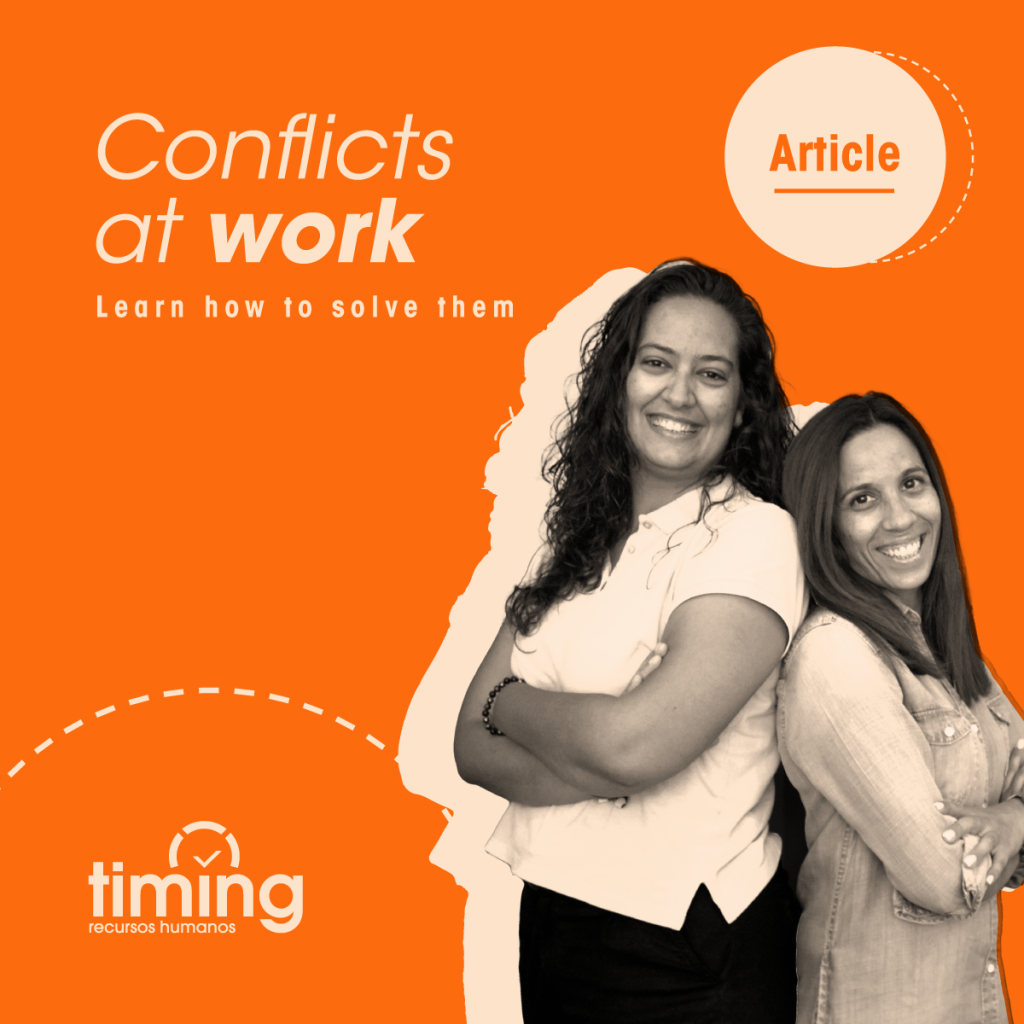
Learn how to solve them
Conflicts
Conflicts in the workplace are inevitable. People have different perspectives, interests, and personalities. However, it is important to understand that not all conflict is harmful. In fact, there can be an opportunity to improve relationships, promote positive change, and drive individual and collective growth.
The ideal workplace scenario is one in which employees celebrate the achievements of their colleagues, and supporting each other’s individual growth. However, this is not always the case.
It is essential that you are prepared to handle conflicts effectively, to prevent small disagreements from turning into bigger problems, and consequently affecting productivity and the work environment.
We share three examples of conflicts that can happen in your workplace and how you should deal with them:
1. Team members don’t get along: Teamwork presupposes different personalities and different ways of communication. The way problems are to be solved or solutions arranged can lead to internal conflicts.
Talking is the best way to solve problems. It’s the same with your colleague. Schedule meetings to make it clear that there are no right or wrong opinions. All conflicts at work have solutions, the important thing is that measures are taken that respect the whole team.
2. The work method doesn’t work: different personalities are not always the problem in teams. Sometimes the logistics may not help – either because of the amount of work or because they often encounter the same obstacle. When there are logistical difficulties, employees tend to blame each other, so steps need to be taken to solve that problem.
To deal with these situations it is necessary to ask for feedback frequently; to have frequent team meetings and to focus on specific and sensitive points. It is necessary to use the right tools, to choose platforms that benefit all employees, so that they can work together more efficiently.
3. Two employees have different working styles: a work team tends to have different ways of working – we are not all the same, fortunately. There are employees who may prefer to reflect quietly, while others throw themselves headlong. These differences may not be easy to deal with, leading to conflict in the workspace.
The easiest way to solve these situations is to create a place where employees can share with each other the ways they most like to work, so that everyone can get along.
In short, you need to be able to:
a. Communicating openly and honestly: the work environment should allow them to feel comfortable expressing their views and concerns. Demonstrating empathy is important for honest communication;
b. Solving problems together: knowing how to listen and share ideas is an excellent encouragement to find solutions that benefit all team members;
c. Know how to manage emotions: it is important to encourage the constructive expression of feelings so that the work environment is not occupied by negative emotions;
d. View conflicts as learning: conduct team reflections, identifying what they have learned from the situation and what points they can improve.
Each situation is unique, and it is important to adapt strategies according to the context and the people involved. By promoting a culture of respect, openness, and collaboration, it is possible to transform conflicts into drivers of positive change and strengthening of working relationships.
